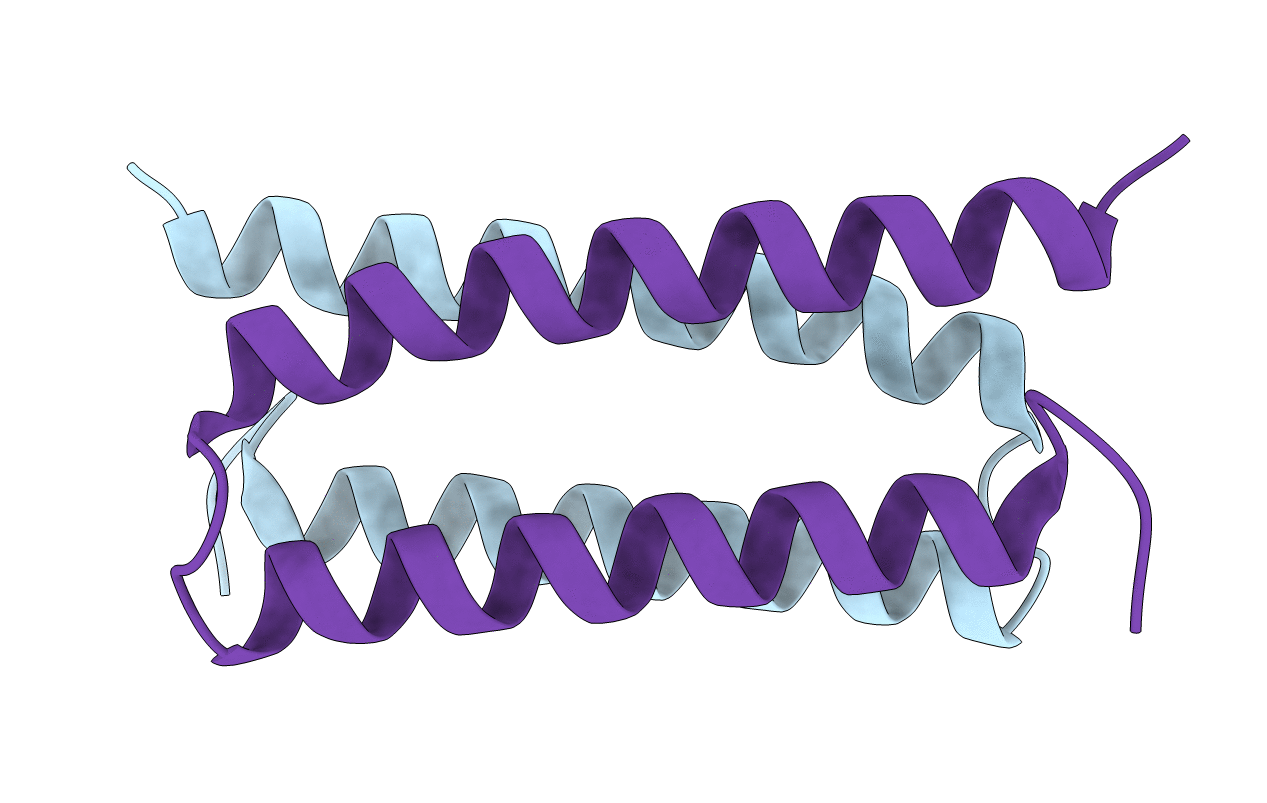
Deposition Date
2021-01-05
Release Date
2021-07-14
Last Version Date
2024-03-27
Entry Detail
PDB ID:
7DTL
Keywords:
Title:
Crystal structure of PSK, an antimicrobial peptide from Chrysomya megacephala
Biological Source:
Source Organism:
Chrysomya megacephala (Taxon ID: 115424)
Host Organism:
Method Details:
Experimental Method:
Resolution:
1.80 Å
R-Value Free:
0.23
R-Value Work:
0.19
R-Value Observed:
0.19
Space Group:
P 31


